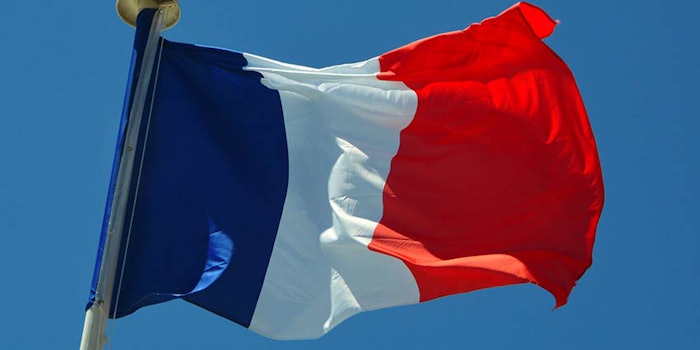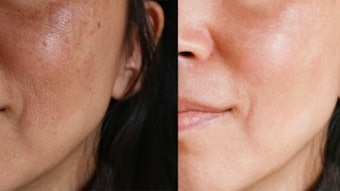
French cosmetic exports observed strong growth in 2019, accumulating €15.7 billion in exported products for the year, an increase of more than 9% from 2018, and placing cosmetics in second place for the country’s export sector, FEBEA reports.
Related: Cosmoprof Worldwide Bologna 2020 to have Enhanced Partnership with French Beauty Industry
The top performing French cosmetics are: skin care, representing more than €7.3 billion of exports, up more than 46% over the past five years; perfumes and colognes, totaling more than €4.8 billion in exports, up 23% over the past five years; and lipstick, which totals more than €730 million and has increased by almost 80% in five years.
The “Made in France” cosmetics division is a strong attraction for foreign tourists, with one in five cosmetic products sold in France purchased by a foreign visitor.
The French cosmetics export sector, which is representative of more than 130,000 jobs in the country, exports more than 50% of its production. The French cosmetics industry currently holds 23% of the world market today.
In terms of export, Europe remains the first region, followed by the United States, then by Asia, which is seeing a dramatic increase. French cosmetics exports to China grew by almost 50% in 2019, moving the country from seventh to fourth with regard to export destinations. South Korea saw a 26% increase and Singapore saw a 16% increase in 2019, leading to one in every five French cosmetic products being sold in Asia today.
Like much of the cosmetic industry is experiencing in terms of trends, natural and organic products, personalization in skin care, perfume and makeup, and eco-friendly packaging are at the forefront of innovation and development.
FEBEA encourages the generalization of these projects, for example, through the Sustainable Packaging Initiative for CosmEtics (SPICE) program.
Since 2013, French cosmetics have increased by 10% on average each year. This is a result of the efficient ecosystem of the sector at all levels, mainly R&D and distribution–with four distinct networks being supermarkets, pharmacies, perfumeries and salons that allow brands to develop specific ranges in each format.
“This success is also based on the entrepreneurial dynamism of the sector,” FEBEA president Patrick O'Quin said. “Each year, 170 new cosmetic companies are created in the sector, fueled by the sector's abundant innovation. Alongside major globally recognized groups, our sector brings together almost 85% of SMEs, spread throughout France. In particular, in the territories which knew how to develop their historical know-how in the field of perfumes–Provence for example–or even their natural wealth: Brittany in particular, thanks to the success of cosmetic ingredients from the sea.”
“Each year, 170 new cosmetic companies are created in the sector, fueled by the sector's abundant innovation. Alongside major globally recognized groups, our sector brings together almost 85% of SMEs, spread throughout France.










